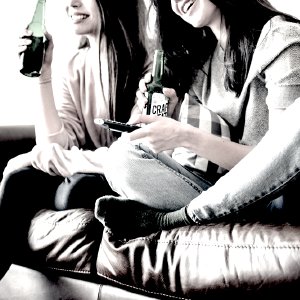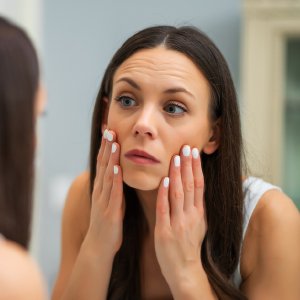Binge Drinking, Drug Use, and Nightclubs—A Close Connection
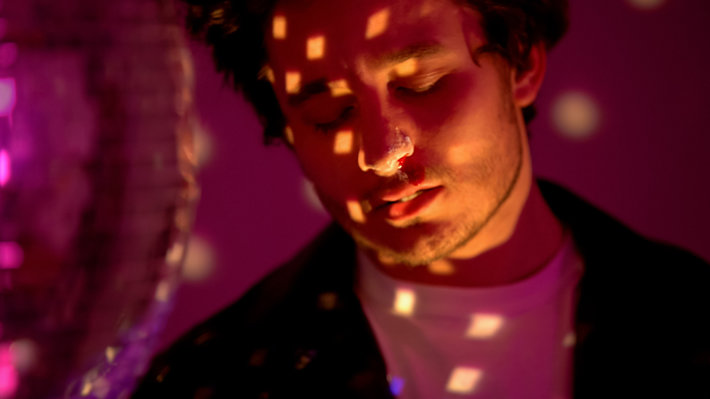
Up until the events of 2020, binge drinking and drug use were common features at night club, bars, music festivals, and raves. But when the pandemic becomes a thing of the past, must we return to dance events, venues, festivals, and other methods of dance-related celebration that are constantly rife with drinking and drug use?
Would it be possible to foster a dance environment that did not automatically bring with it alcohol consumption and recreational drug use?
Binge Drinking and the Dance/Bar Scene—The Two Go Hand in Hand
According to the Centers for Disease Control and Prevention, binge drinking is the most common, most costly, and most deadly pattern of excessive alcohol use in the United States. The CDC defines binge drinking as such:
“Binge drinking is defined as a pattern of drinking that brings a person’s blood alcohol concentration (BAC) to 0.08 g/dl or above. This typically happens when men consume 5 or more drinks or women consume 4 or more drinks in about 2 hours.”
The CDC reports that about “one in six adults binge drinks about four times per month, consuming about seven drinks per binge. That results in about 17 billion total binge drinks consumed by adults per year, or about 467 binge drinks consumed per binge drinker. Binge drinking is most common among young adults ages 18 to 34” and with men consuming four out of every five such beverages.
“When people go out with the intention of drinking with other like-minded people, the likelihood of drinking more heavily and drinking across an extended period of time increases significantly.”
While some binge drinking does occur at home, one science article suggests that Americans are more likely to engage in binge drinking while in social settings, like at bars. Quoting John D. Clapp, social work professor and interim dean at the USC Suzanne Dworak-Peck School of Social Work, “When people go out with the intention of drinking with other like-minded people, the likelihood of drinking more heavily and drinking across an extended period of time increases significantly.”
Raves—Combining Dance and Drugs
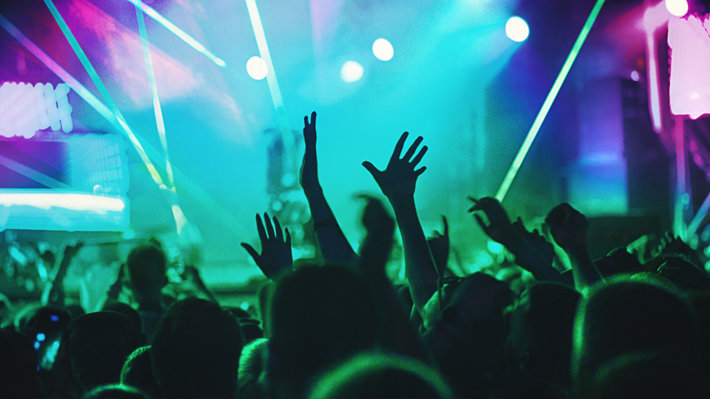
A European study published in the journal Substance Abuse Treatment, Prevention and Policy concluded that people who go to music festivals, dance parties, raves, and similar events are nearly five times more likely to use illegal drugs than people in the same age group who do not go to such events. Furthermore, people who go to nightclubs are nearly twice as likely to use drugs as those who do not go to nightclubs.
There is an association between raves, dance parties, electronic music festivals, nightclubs, and drug use. Another study involved researchers asking patrons to receive drug and alcohol tests before entering electronic music dance events, and again upon departure. The study revealed that one-fifth of patrons tested positive for drugs before entering the event, and one-fourth tested positive for alcohol impairment. Upon leaving the event, one-fourth tested positive for drugs, and nearly half were intoxicated by alcohol.
There is absolutely no legitimate reason for the use of drugs and alcohol at dance festivals, nightclubs, music events, raves, etc. In fact, thousands of people annually enjoy all of those venues, events, and activities without experimenting with mind-altering drugs.
Combating Binge Drinking and Drug Use at Dance and Social Settings
There are almost 63,000 bars and night clubs in the United States of America, or one such bar/nightclub for roughly every 5,000 Americans. These 63,000 establishments gross a combined $24 billion annually, one of the most lucrative types of businesses in the service industry.
While it is extremely unlikely that establishments serving alcohol will stop serving alcohol altogether (at least not in the near future), there is a pressing need to reduce binge drinking statistics in the United States, as binge drinking is a serious risk factor for alcohol addiction.
People who want to go out dancing, who want to go to nightclubs, music venues, festivals, and other such social events should look for ways to do this without drinking. Binge drinking presents risk not only in the immediate moment that such drinking occurs, but there are long-term risk factors present.
The advice of Professor Clapp is relevant here, “If event organizers implement a regulated system—such as handing out drink tickets, establishing a set window of time during which attendees can drink, or hiring what is known as a responsible beverage service (RBS) to help hosts serve alcohol responsibly—they are more likely to reduce rates of binge drinking.”
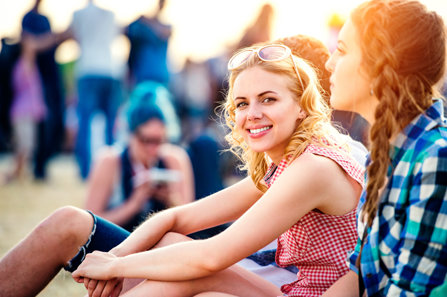
Granted, the ideal scenario for dance and social events would be zero alcohol consumption, as any amount of alcohol consumption presents a risk. But Clapp’s commentary is valuable because it gets people thinking with the idea of responsible nights out, ways to enjoy typical social settings like music and dance scenes without “needing” alcohol.
The underlying reasons why people binge drink or use drugs when they go to bars, nightclubs, and dance events are usually unique to those individuals. There is no pressing “need” to use such substances in conjunction with dance or music. Such events and activities would be far more enjoyable and rewarding were participants not under the influence of drugs and alcohol.
Perhaps, with the right amount of education, prevention efforts, informing participants and creating new and innovative ways for bars, nightclubs, and dance events to be fun without substance abuse, such environments can become safe, sober, and enjoyable activities for all.
Sources:
- https://www.cdc.gov/alcohol/fact-sheets/binge-drinking.htm#:~:text=One%20in%20six%20US%20adults,binge%20drinks%20per%20binge%20drinker.
- https://substanceabusepolicy.biomedcentral.com/articles/10.1186/1747-597X-6-18
- https://www.ncbi.nlm.nih.gov/pmc/articles/PMC3885235/
- https://www.statista.com/statistics/281713/us-bars-taverns-und-nightclubs-industry-establishments/
- https://dworakpeck.usc.edu/news/the-scientific-reason-why-youre-more-likely-to-binge-drink-parties
